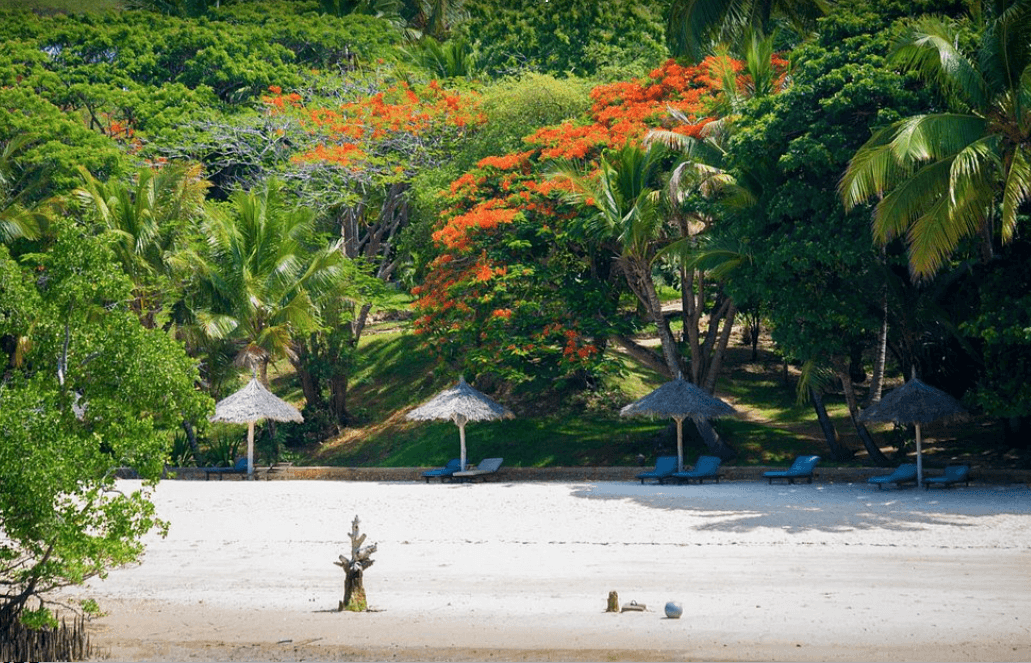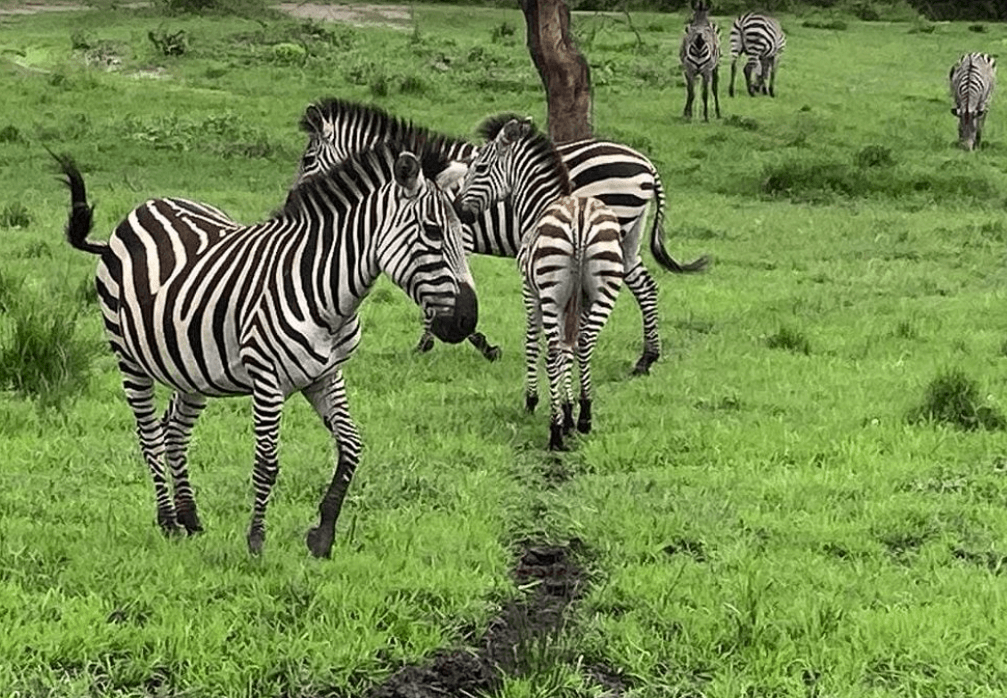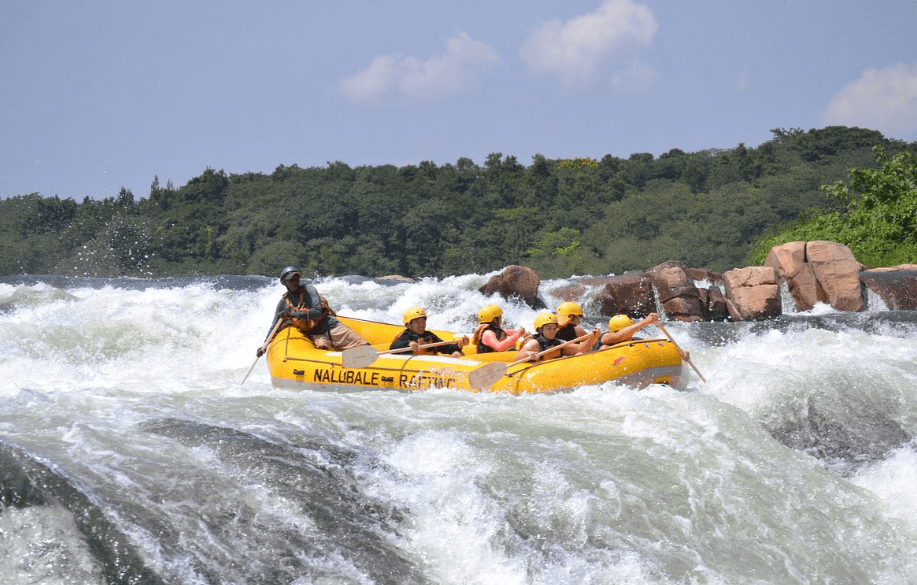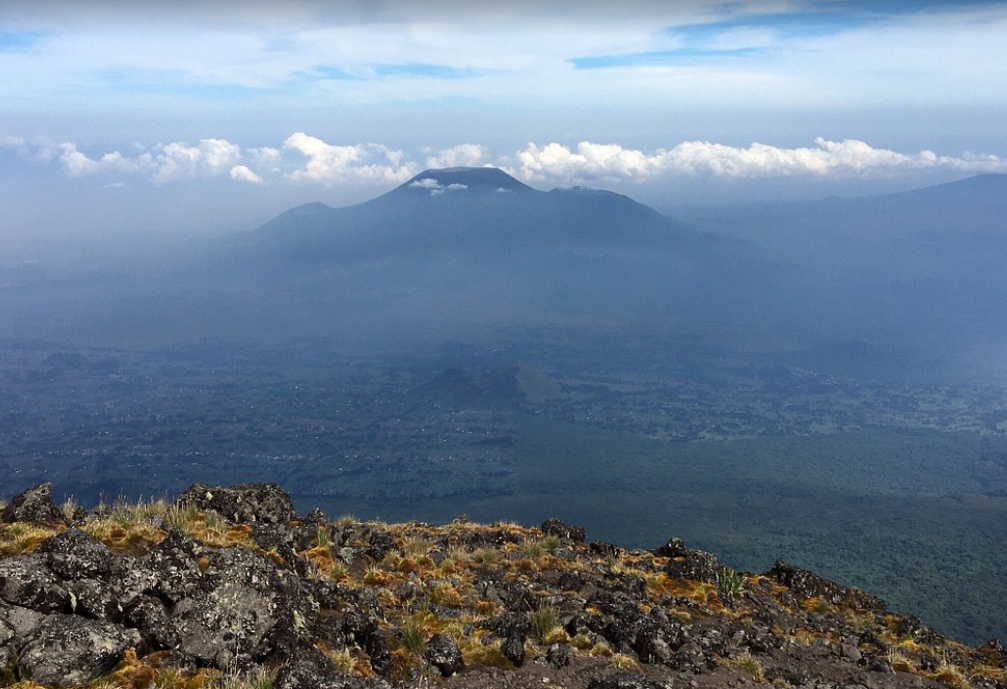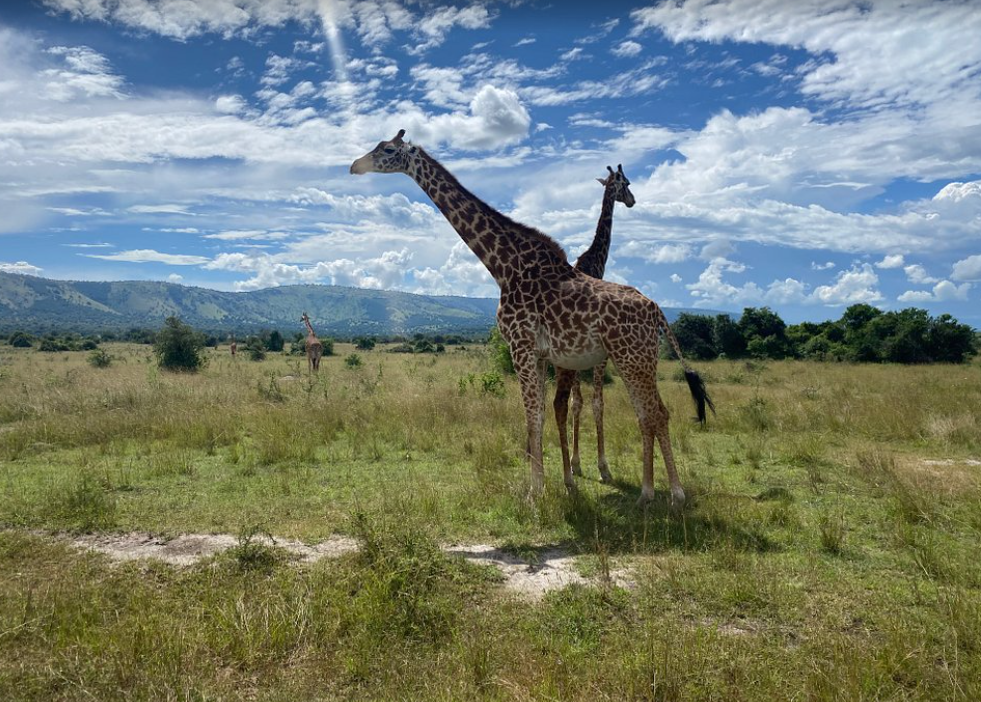Gorilla Trekking in Bwindi Impenetrable Forest National Park, Uganda
Gorilla trekking in Bwindi Impenetrable Forest National Park is a once-in-a-lifetime experience that connects you with the majestic mountain gorillas in their natural habitat. Located in Uganda, this UNESCO World Heritage Site offers breathtaking scenery, dense forests, and an incredible opportunity to observe gorillas up close.
This guide provides everything you need to know about gorilla trekking, including logistics, permit costs, accommodations, and so much more.
What Is Gorilla Trekking?
Gorilla trekking is an adventurous hike through tropical forests to find and spend time with a habituated gorilla family group (s). During the trek, visitors encounter diverse flora and fauna and spend up to one hour observing gorillas as they feed, play, and interact. This unique activity is a testament to the importance of conservation, offering travelers an unparalleled wildlife experience.
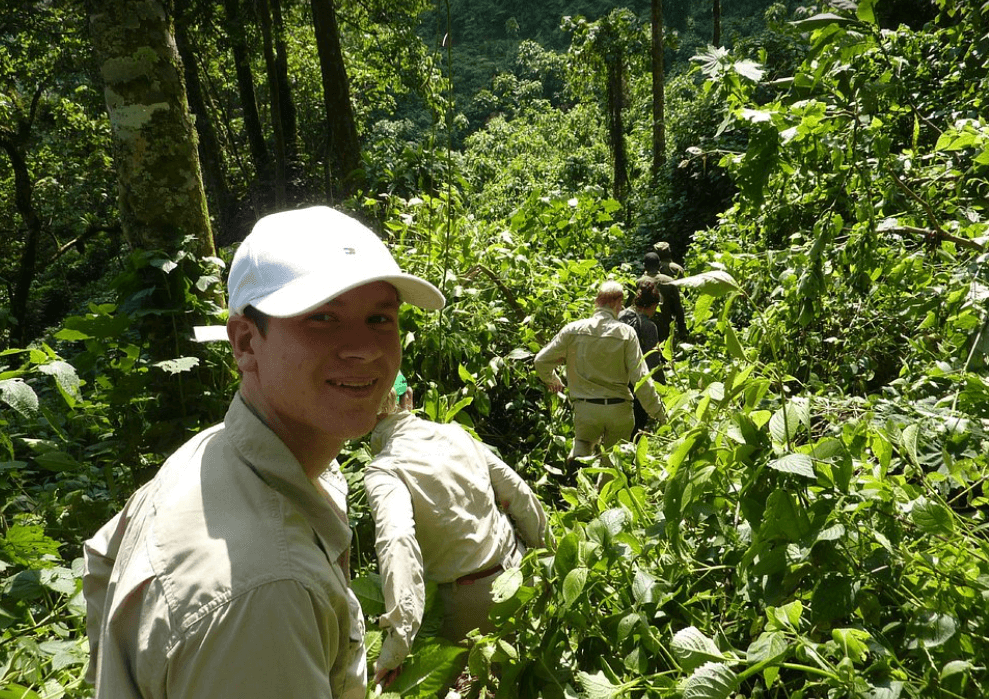
How to Get to Bwindi for Gorilla Trekking
Bwindi Impenetrable Forest National Park is situated in southwestern Uganda. Visitors can access the park via road or air depending on their starting point; if coming from Kigali, Rwanda or Entebbe/Kampala, Uganda.
By Road:
From Kampala/Entebbe: A drive of approximately between 8–10 hours through Uganda’s scenic countryside.
From Kigali, Rwanda: Offers a much shorter driving route, taking between 4–5 hours, making it convenient for international travelers arriving in Kigali. and wish to go for gorilla trekking at Uganda’s Bwindi Forest National Park.
By Air:
Chartered flights are available from Entebbe International Airport to nearby airstrips like Kihihi or Kisoro, followed by a short drive to the park.
The Four Sectors of Bwindi and Where to Stay when in for Gorilla Trekking at Bwindi
Bwindi Impenetrable Forest is divided into four major sectors, each with its own gorilla families and accommodations. It’s always important to stay at a lodge/facility that’s within your gorilla permit sector to avoid very early morning transfers to the tracking point from one sector to another. In most cases, a given gorilla permit determines where to stay when on your Gorilla Trekking Trip in Uganda.
1. Buhoma Sector
Located in the northern part of the park, Buhoma is the most popular sector and offers a variety of facilities for all budgets such as;
Trackers Safari Lodge
Bwindi Lodge
Mahogany Springs
Buhoma Haven Lodge
Buhoma Community Rest Camp
2. Ruhija Sector
Situated in the eastern part of Bwindi Forest, Ruhija is known for its challenging treks and scenic views. Gorilla Trekking at Ruhija Sector of Bwindi Forest National Park offers challenging experiences to travelers. When trekking at the Ruhija scetor of Bwindi forest,you can stay at;
Kiho Bwindi Gorilla Lodge
Ruhija Gorilla Safari Lodge
Bakiga Lodge
Broadbill Forest Camp
3. Rushaga Sector
In the southern part of the park, Rushaga boasts the highest number of gorilla families and is ideal for gorilla habituation experiences.
Four Gorilla Cousins Lodge
Gorilla Leisure Lodge
Lake Mulehe Safari Lodge
Rushaga Gorilla Camp
Ichumbi Gorilla Lodge
Rushaga Gorilla Haven Lodge
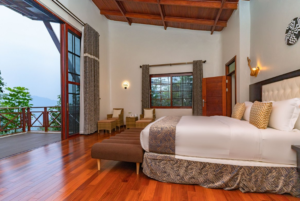
4. Nkuringo Sector
Also in the south, Nkuringo offers steep but rewarding treks and stunning views.
Nkuringo Bwindi Gorilla Lodge
Gorilla Heights Lodge
Mgahinga Mountain Gorilla Lodge
Clouds Mountain Gorilla Lodge
Lake Mulehe Safari Lodge
Cost of Gorilla Trekking Permits at Bwindi
The cost of a gorilla trekking permit at Bwindi Impenetrable Forest National Park varies depending on residency:
- Foreign Non-Residents: $800 per person
- Foreign Residents: $700 per person
- Rest Of Africa Residents: $500 per person
- East African Citizens: UGX 300,000 per person
Permits must be booked in advance due to their high demand.
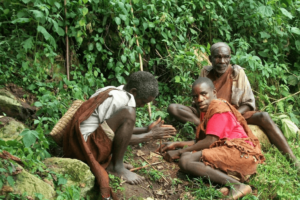
Other Activities at Bwindi Impenetrable Forest National Park
Bwindi offers more than just gorilla trekking:
Bird Watching: Over 350 bird species, including Albertine Rift endemics, can be spotted.
Nature Walks: Explore waterfalls, rivers, and unique vegetation.
Batwa Cultural Experience: Learn about the traditions of the Batwa pygmies, the original inhabitants of Bwindi.
Gorilla Habituation: Spend up to four hours with a semi-habituated gorilla family for an in-depth experience.
Other Places for Gorilla Trekking in Africa
Gorilla trekking is not exclusive to Bwindi. There are several other African destinations for Gorilla Trekking which include;
Uganda
- Mgahinga Gorilla National Park: Home to a smaller population of gorillas but offers incredible trekking opportunities. Gorilla Trekking at Mgahinga National Park is much similar to that of Volcanoes National Park, Rwanda.
Rwanda
- Volcanoes National Park: Renowned for its accessibility and luxurious trekking experiences. Gorilla Trekking at Rwanda’s Volcanoes National Park is usually less challenging as compared to that at Bwindi Impenetrable Forest National Park.
Democratic Republic of Congo (DRC)
- Virunga National Park: Provides a raw and adventurous gorilla trekking experience.
- Kahuzi-Biega National Park: Famous for tracking lowland gorillas, a different species from mountain gorillas.
Gorilla Trekking Rules and Guidelines
To ensure safety and conservation, follow these rules:
- Maintain a distance of at least 7 metres from the gorillas.
- Avoid making sudden movements or loud noises.
- Do not visit if you’re sick to prevent disease transmission.
- Follow the guide’s instructions at all times.
- Wear a mask when close to the gorillas to minimise risk.
Gorilla Trekking: Uganda vs Rwanda
Uganda
- Cost: Gorilla permits are more affordable ($700).
- Experience: Treks are more challenging due to the dense forest.
- Diversity: Bwindi has the highest number of mountain gorillas.
Rwanda
- Cost: Permits are more expensive ($1,500).
- Accessibility: Volcanoes National Park is closer to Kigali, offering shorter transfer times.
- Luxury: Rwanda is known for high-end accommodations and services.
Gorilla Trekking Packing List
Prepare for your trek with the following essentials:
- Sturdy hiking boots: For navigating steep and muddy trails.
- Rain gear: To stay dry in unpredictable weather.
- Insect repellent: Protect against mosquitoes and other bugs.
- Gloves: To grip vegetation and avoid scratches.
- Snacks and water: Stay energised and hydrated.
- Camera (no flash): Capture memories without disturbing the gorillas.
The Best Time to Go for Gorilla Trekking
Gorilla trekking is available year-round, but the dry seasons are ideal:
- June to September: Minimal rain, making trails easier to navigate.
- December to February: Offers excellent trekking conditions and wildlife sightings.
The rainy seasons (March to May, October to November) are more challenging but offer lush landscapes and fewer crowds.
Top 10 FAQs About Gorilla Habituation Experience
The Gorilla Habituation Experience is an exceptional opportunity to spend extended time with a gorilla family in the process of being accustomed to human presence. This experience is unique to Uganda and provides a deeper understanding of gorilla behaviour and conservation efforts. Below are the top 10 frequently asked questions about the Gorilla Habituation Experience.
1. What Is Gorilla Habituation Experience?
Gorilla Habituation Experience is a guided activity where visitors accompany researchers, trackers, and conservationists to observe and participate in the process of making gorillas comfortable with human presence. Unlike gorilla trekking, which offers one hour with a gorilla family, the habituation experience allows up to four hours of interaction.
2. Where Can I Participate in Gorilla Habituation?
The Gorilla Habituation Experience is exclusively available in the Rushaga sector of Bwindi Impenetrable Forest National Park in Uganda. This sector is home to several gorilla families undergoing habituation, making it the ideal location for this activity.
3. How Much Does Gorilla Habituation Experience Cost?
The permit for the Gorilla Habituation Experience costs $1,500 per person for foreign non-residents. This fee includes park entry and the opportunity to spend extended time with the gorillas.
4. What Is the Difference Between Gorilla Trekking and Gorilla Habituation?
- Duration: Trekking allows one hour with the gorillas, while habituation permits up to four hours.
- Focus: Habituation is more research-oriented, involving participation in the gorillas’ acclimatisation process.
- Group Size: Gorilla trekking groups are limited to eight people, whereas habituation groups consist of four participants.
5. What Are the Requirements for Gorilla Habituation?
- Age Restriction: Participants must be 15 years or older.
- Physical Fitness: Moderate physical fitness is required, as the activity involves hiking through dense forests.
- Advance Booking: Permits must be booked well in advance due to limited availability.
6. What Should I Bring for Gorilla Habituation?
- Sturdy Hiking Boots: Essential for navigating uneven and muddy trails.
- Rain Gear: The forest is often wet, even during the dry season.
- Insect Repellent: Protect against mosquitoes and other insects.
- Camera (no flash): Capture moments without disturbing the gorillas.
- Snacks and Water: Stay energised during the trek.
7. What Time Does the Gorilla Habituation Experience Start?
The experience typically begins early in the morning, around 7:30 AM, after a briefing at the park headquarters. Early starts maximise the time spent with the gorillas and ensure the activity concludes before evening.
8. How Long Does the Gorilla Habituation Experience Last?
The activity can last anywhere from 4 to 8 hours, depending on the location of the gorilla family and the time spent observing them. The four hours with the gorillas are part of a full-day adventure that includes tracking them in the forest.
9. What Are the Gorilla Habituation Rules and Guidelines?
- Maintain a 7-metre distance from the gorillas at all times.
- Avoid direct eye contact, as it may be perceived as a threat.
- Do not visit if you have any contagious illness.
- Speak in a low voice and avoid sudden movements.
- Follow the instructions of the guides and researchers.
10. What Is the Best Time for Gorilla Habituation Experience?
The Gorilla Habituation Experience is available year-round, but the dry seasons (June to September and December to February) offer the best conditions. Trails are less slippery, and visibility is better, making it easier to navigate the forest.

